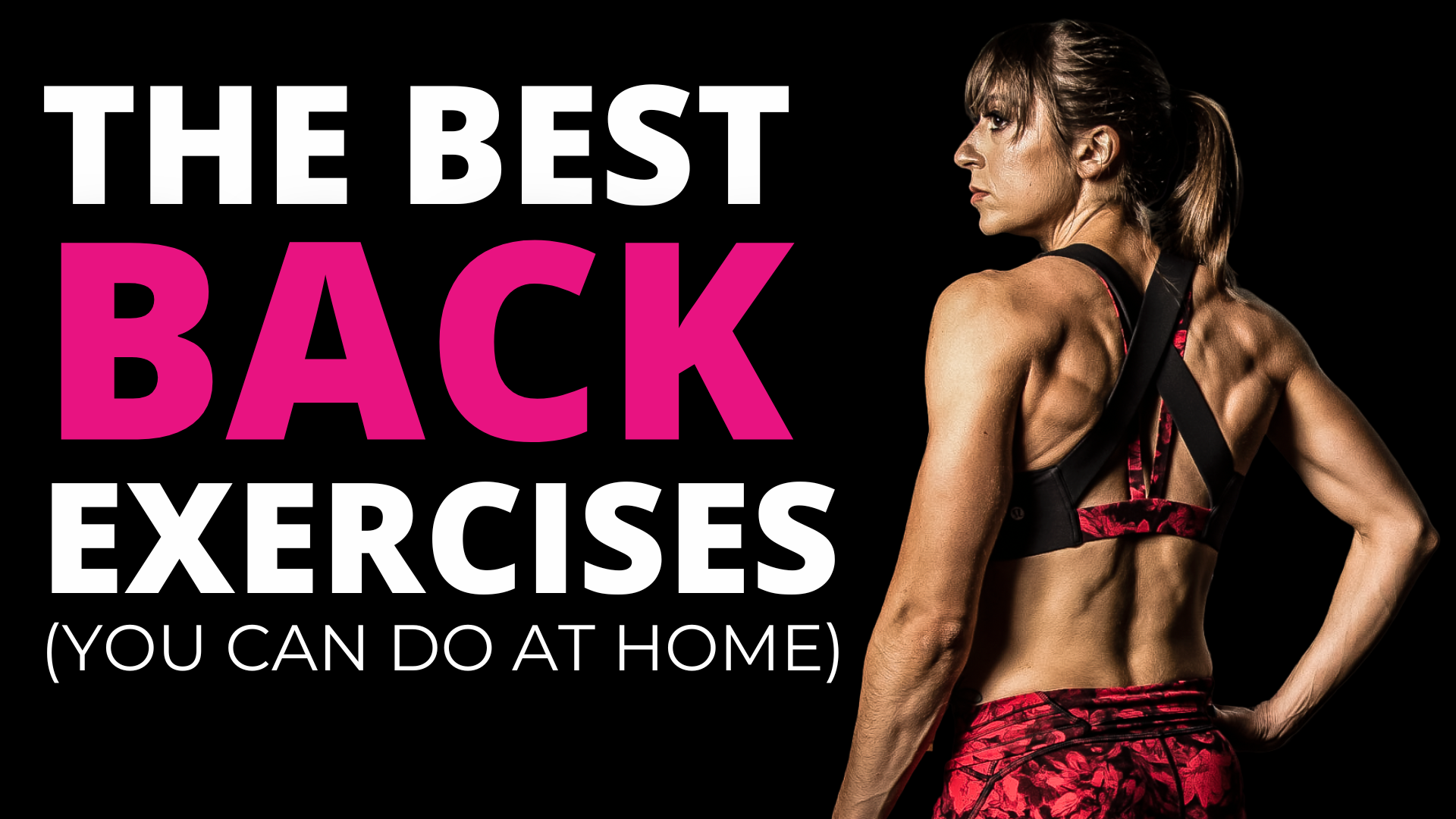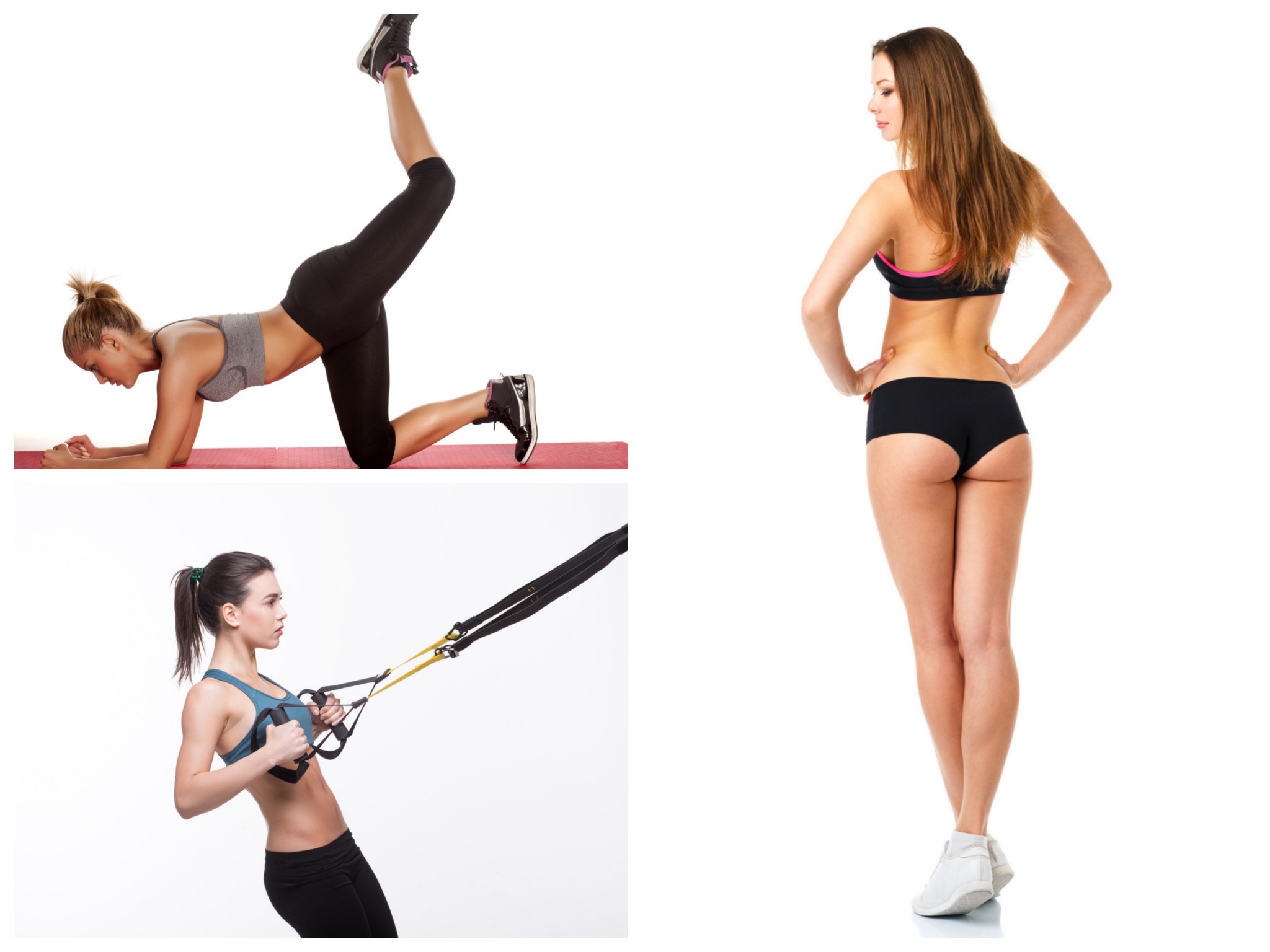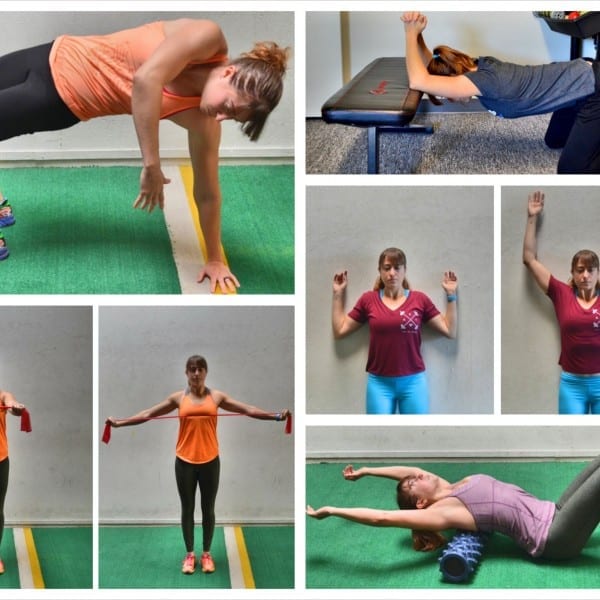
The 3 Best Back Exercises (YOU CAN DO AT HOME)
You can get in a killer workout without going to the gym. You can see amazing results training at home or when you travel.
So don’t try to use the fact that you can’t get to the gym as an excuse!
However, we need to recognize that there is often one muscle group overlooked and underworked in our bodyweight workouts, especially when we don’t have any equipment on hand.
And that muscle group is our BACKS.
We do push up variations for our chest, shoulders and triceps and even core.
We can lunge and squat and stair step ups and single leg deadlifts and glute bridges to work our legs, including our glutes, quads, hamstrings and even adductors.
We can do planks and crunches and sit ups to work our abs and core.
But our backs are often overlooked in our programming.
That’s why I wanted to share 3 of my favorite ways to target your back, and even your biceps, when training at home WITHOUT a pull up bar!

The first way requires your own bodyweight and a wall or floor…which thankfully all of us have on hand at any time.
So no matter what, we can all do forms of the Scapular Hold or Scapular Reps.
This move is honestly something I even include for my clients at the gym as well because of how amazing it is for back activation and scapular control.
And you can do it either as an isometric or hold to focus on what you feel working and engage as hard as possible or even for reps.
If you do it for reps, unlike traditional rows where your biceps can take over, the scapular wall or floor reps prevent your arms from assisting in that this move is actually a PRESS over a PULL for your back.
You’ll push off your elbows, pressing your chest out as you draw your shoulder blades toward your spine to row up and out.
Standing against a wall make sure you don’t walk out too far and end up shrugging.
And off the ground you can have your legs out straight or knees bent, but make sure you aren’t turning this move into a sit up.
The move needs to be powered by the back and pushing away through the elbows.
To do reps, you’ll lower back to the wall or floor each time. To do the isometric, you’ll simply hold in that pressed position.
But focus on feeling your back engage to press your chest out and open. And brace your abs as you flex your glutes and quads to keep your core engaged and that nice plank position, especially off the wall.
You will find too that the wall is a bit easier to control than the floor and the less you walk your feet away from the wall, the more modified the move is, making this easy to adapt to every fitness level!
And these aren’t the only back moves you can do with just your own bodyweight.
Plank Rows, scapular push ups and even scapular wings are all great options to really focus on that back engagement through targeting that shoulder blade movement toward your spine.
The Plank Rows and Scapular Push Ups have the added benefit of more core work too!
And if you do need to modify, they can be done off a couch edge or table and the scapular push ups can even be done single arm off the wall! This truly is an amazing move for ALL fitness levels!
The second home tool you can use to work your back is a doorway or stair rail to perform Doorway Rows, both single arm and two-arm!
With this move, your bodyweight will be your resistance. And you’ll feel not only your back and bicep but even your legs and core with this move.
It is a great way to work that full pulling movement. The key is not just pulling with your arms, but actually driving your elbows back.
You want to as feel your shoulder blades move toward your spine to engage you back to power the pull.
You can do this as both a single arm or two arm pull, but the single arm will often be more challenging.
You can also do this as an anti-rotational or rotational single arm row.
You can choose to fight any torso movement…
Or actually consciously include it, rotating toward the stair rail as you row in and opening up and toward the ground as you extend your arm out.
And to progress this move further, slow down the tempo of the pull, even pausing when you row in!
Just make sure you are truly feeling your back engage and not just pulling with your arm with this row!
The third tool I love to use when training at home is a towel.
Using a towel you can actually work your back in so many different ways – from rows to flies to even pull downs.
With using a towel, you can do self-resisted movements. This means you are creating tension through the towel to create resistance for the movement.
This can allow you to do single arm flies and rows, resisting the move by pulling with the other hand.
Or you can create tension by pulling out on the towel to do a bent over row or pulldown.
This pull out to create tension helps you better activate the muscles and you’ll feel them working as you perform the pull with a slow tempo. Just don’t let the towel lose tension!
Bonus, you can also get in that bicep isolation work, another muscle group that doesn’t get as much love at home, with a self resisted bicep curl.
And not only can towels be used to help perform a self-resisted movement, they can be used as sliders on the ground to help you work your back.
Side lying slides are great for your lats and a killer unilateral move that also hits your obliques.
Just make sure you’re really pulling the towel down to power the slide up with your lats over ONLY using your obliques.
And if slide lying slides are a bit too much to start, or you just want extra pull up type work, you can always use the towels to do lying w pulldowns too to work more on that vertical pull and scapular control and movement.
But no matter what, whether you have literally just your own bodyweight, a doorway, stair rail or hand towel, you can make sure you target this often overlooked area in your home workouts or when you travel!
There is always a way to get results training with what we have! Have fun being creative with tools you have around your home.
For amazing workouts you can do anywhere, check out my Dynamic Strength program!






